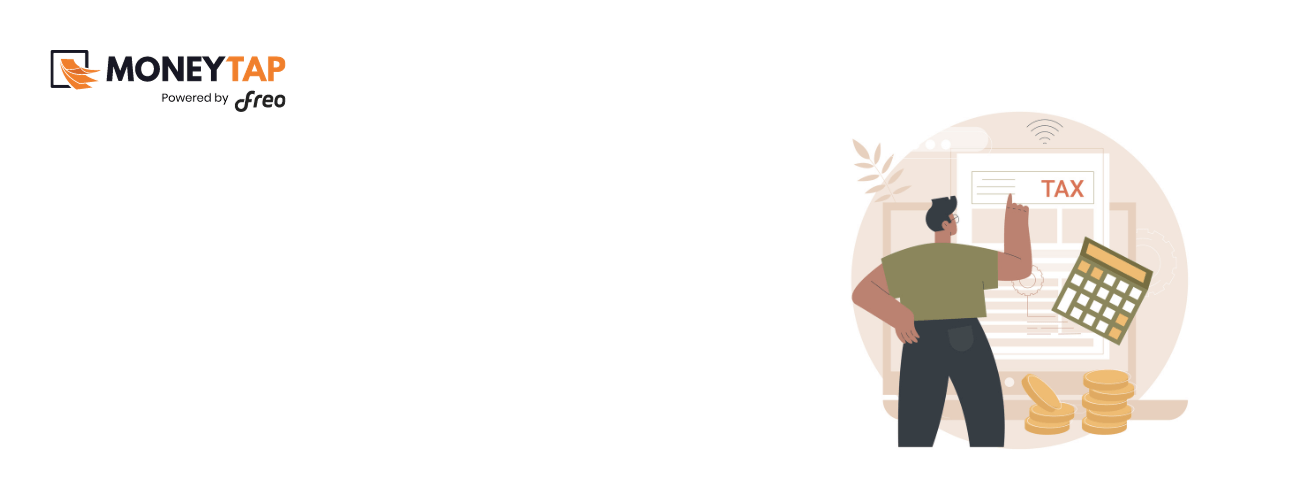Overloaded With Credit Card Bills? There Are Ways to be Free
Topic
- Around India with MoneyTap 1
- Consumer Durable 1
- Credit Cards 32
- Credit Score 27
- Finance 33
- General 52
- Know MoneyTap Better 26
- MoneyTap 50
- MoneyTap in Daily Life 38
- Personal Loan 86
- Shopping on EMI 4
- Wedding Loan 1
As our disposable incomes continue to rise, our credit card bills are rising too. Our accessibility to funds and our spending patterns have changed dramatically. There are now umpteen products that lure us every day beckoning us to buy them off the shelves or digital stores.
We cannot blame the fault of banks and financial institutions if we are unable to control our cravings and end up spending beyond what we can really afford.
However, the practicality is that there are millions of us who continuously get into similar situations. Not that its always our desires that get the better of us. You can always face a medical emergency, unplanned natural calamity or travel. The end result is huge credit card bills which we struggle to pay off. A typical interest rate for a credit card is 36 – 45 % per annum and the pending amount piles up faster than you can get rid of it.
So, what are the options?
Convert The Outstanding Amount Into EMIs
It just makes life a tad easier, but you still do end up with reduced credit limit, processing charges and obviously the high interest rate which might seem a little lesser than what you’d pay normally. Banks offer low interest rates to existing customers who opt for EMIs. This arrangement is convenient for consumers who do not want to go through the process of applying for a fresh loan.
Balance Transfer to a New Card
Effectively, you are just moving your debts from one card to another. The rate of interest is less and it allows consolidation of your debts. However, reduced rate is only applicable for the transferred amount and you end up with a reduced credit limit. But, if you miss a payment, the bank charges the regular rate of interest. In this case, that would mean the same interest you were paying for the previous credit card.
Take a Personal Line of Credit
A personal credit line could be the most preferred method. Here you consolidate all your credit card dues under one app and convert to EMIs. No need to worry about various payment dates and amounts if you choose to use user-friendly apps like MoneyTap. Further, as you repay, your approved limit tops up automatically. This means you do not have to re-apply the next time you need funds.
Know the Effect on Credit Score
One important aspect which also needs to be taken into account is the impact on credit scores. When the outstanding amount is transferred to a personal line of credit, the credit scores see it as one loan replaced by another and so the impact is limited. However, when it stays on a credit card, the outstanding keeps moving forward from one month to another, which is more dangerous and shows you have not been paying up.
It frees up your available credit limit on the credit card and this is where it could become unmanageable. Self-restraint becomes important and you should not lead up another debt crisis to be solved.
Is the personal line of credit the end of all woes? Opt for the personal line of credit only if you can discipline your expenses. You need to regulate your spending and see that you do not run into any further debt. If not taken care, this conversion can lead to a lot of financial struggle later in the months.
Two Important Things Before You Decide
1)If you are going to pay up your outstanding amount in the next couple of cycles, then a personal line of credit is not a tool to be used.
2)But, if your debts are unmanageable and you have multiple cards to pay up, it makes a lot of sense to move everything under a single personal loan. It will make life easier and organized.
These were some ways to stay away from credit card distresses. To be smarter and think smarter is the easiest of all.











 Get it on playstore
Get it on playstore Get it on appstore
Get it on appstore